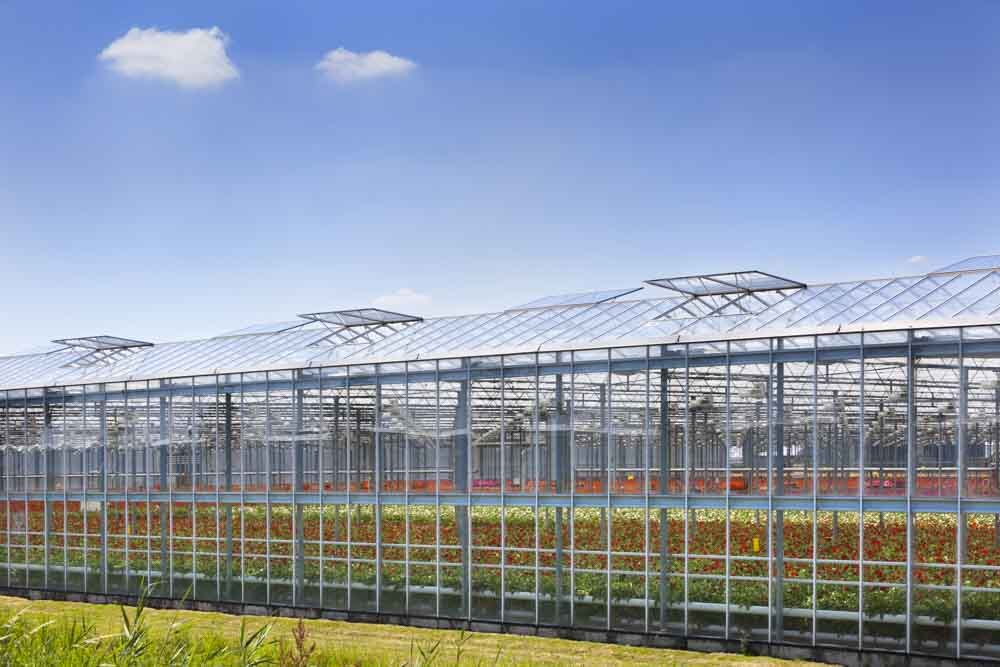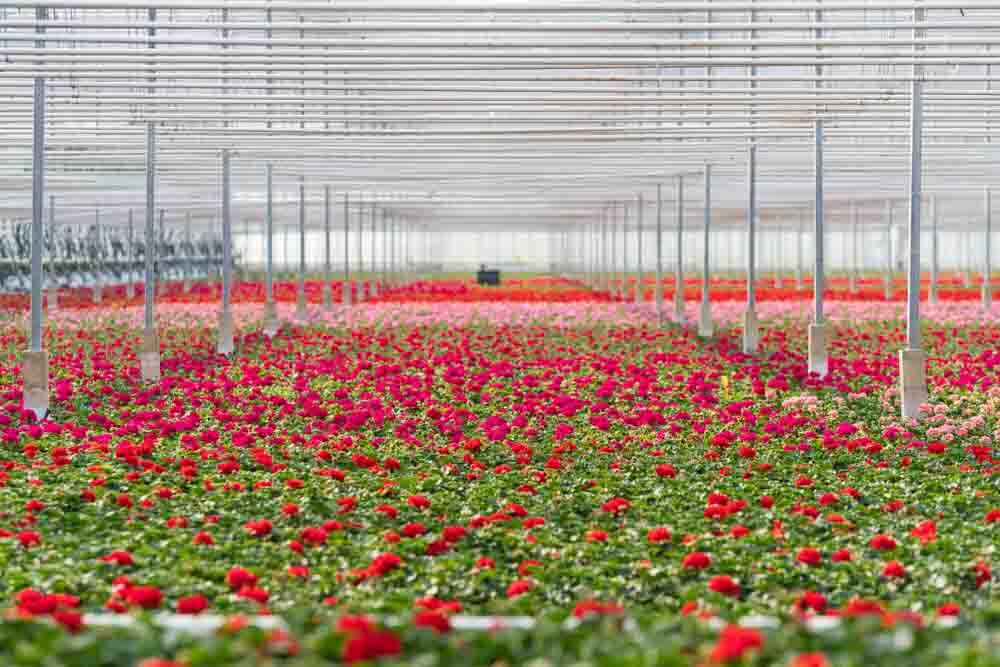Two experts — Julie Dean, the Vice President of Wadsworth Controls, and Brian Debrot, a Business Development Representative from Argus Controls — answer questions about environmental control systems from Greenhouse Management magazine.
Over the last several years, environmental control technologies available to growers have changed drastically. The interfaces, or controllers, have become more modern and usable. The systems themselves have become more customizable, too. The ability to chart out and visualize production data and trends has increased in value to growers too, as more growers want to leverage data to grow successfully. And, particularly for larger operations, this amount of data is necessary to grow efficiently and not overwork your crew.

The older systems just
aren’t as smart as today’s controllers that offer a well-managed uniform
climate resulting in a more robust crop, often produced in a shorter
time.
Control systems address labor shortages by automating morning and nighttime routines, controlling temperature, humidity and irrigation. Automating your greenhouse creates a more stable climate, with less energy and water consumption. Using on/off thermostats to control the greenhouse creates an ongoing battle between heating and cooling that causes wear and tear on your equipment and can result in heating and cooling the greenhouse simultaneously. Looking toward the future — a greenhouse with leading technology attracts a savvier workforce, and that means forward momentum for your grow.

